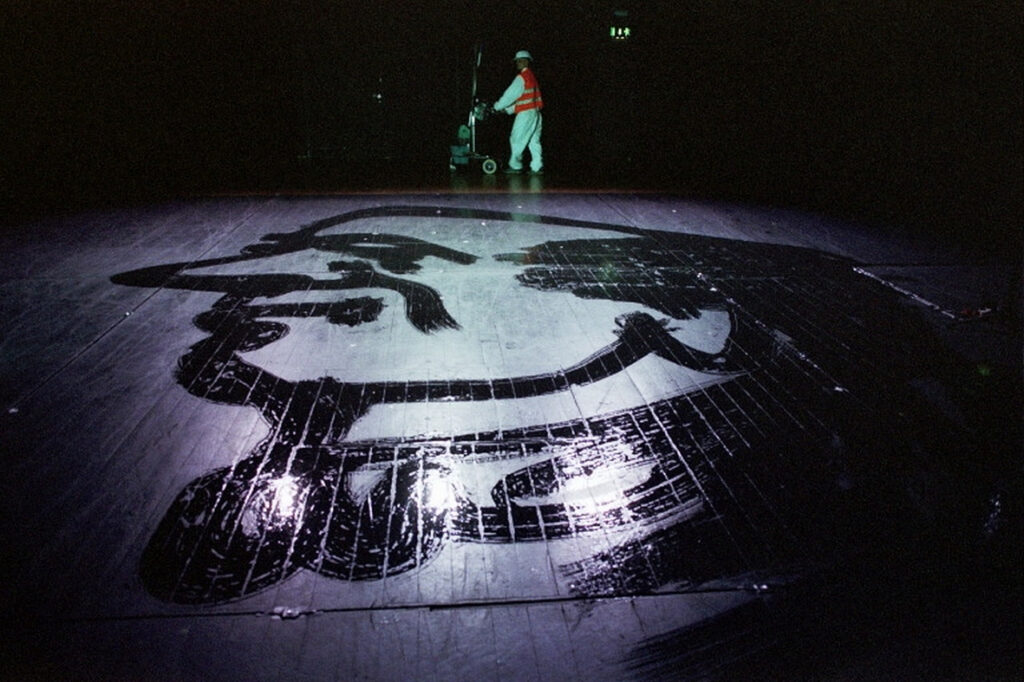This production follows the journeys of writers, rappers and beatboxers in the discovery of their own artistic expression. The concept was based on the confrontation of authentic stories of the representatives of the Czech hip-hop scene, Dowis and Cossiga, with the life of Hans Christian Andersen. Before he became a celebrated fairy-tale writer, he wanted to be a singer, dancer and poet. Not unlike Dowis and Cossiga’s experience, Andersen’s efforts were ridiculed and despised by others. It took a long time for him to find his true abilities and gain a reputation.

I remember the moment when I expressed the parallels between Andersen’s story and the boys who created their art on the street without receiving understanding and support from their parents. At first, I was a bit doubtful about the links between these two stories. To my surprise, it resonated a lot with the boys.
During the work, the boys – who used to be part of closed communities on the verge of legality – opened their hearts to us. They wrote breath-taking poetry and invented strong images on stage, in which they invested enormous energy. Had we not been collaborating in this way, I would never have been allowed to look into their community and truly understand them. I would always be the outsider, a representative of the majority. Being aware of the obstacles, we were able to build the steps leading to a very creative production at the end.
One of the obstacles we used on stage was using the light to define the limits of movement. During the performance, a dot matrix printer slowly formed a portrait of Hans Christian Andersen in front of the audience, while Dowis painted it with a fluorescent spray so that the portrait was glowing in the dark. One might argue that it would be much easier to project this drawing right away. But at what cost? If we removed these obstacles from creation, we would lose a contradiction which makes the scene much more interesting to watch.
At the end of the show, Dowis started to clean the stage with a wet broom. It took the audience a while to realize that he was painting a huge portrait of Andersen. When the performers returned to the stage to bow, the image on the floor slowly disappeared.
Key Takeaways:
Every step we created together in this production stemmed from a fight against an obstacle, a fight that set the rule of the game. Dealing with obstacles has brought new experiences for all performers, opening the door into a closed and impenetrable community. This created a completely original theatrical language.